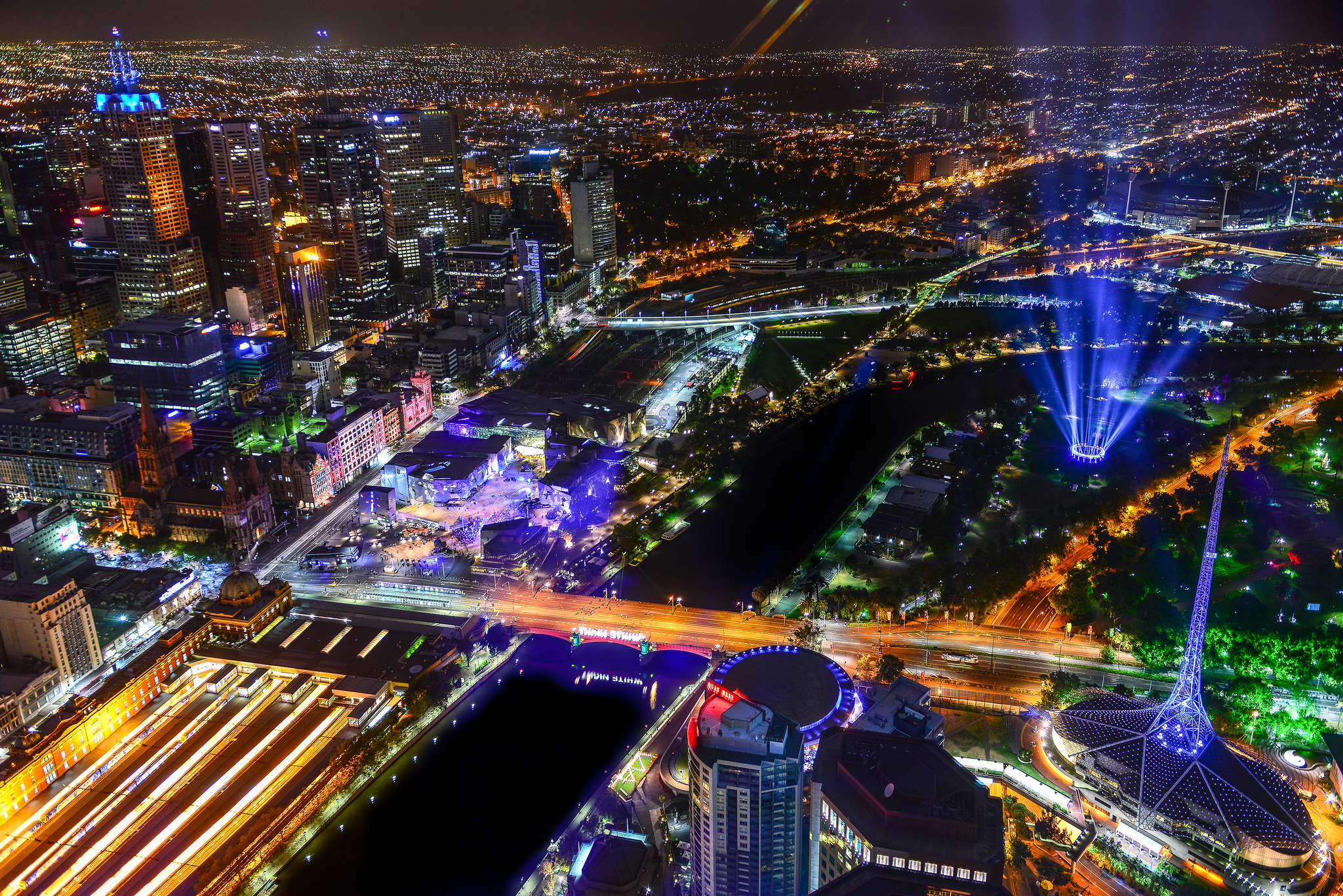
If Buenos Aires were a man, he would be a salsa dancing, soccer playing, late-night party-goer. He would also know how to study hard and work hard. But he could have a problem with saving money…
If Melbourne were a person, how would you describe it?
No longer just a place to ‘put a shrimp on the barbie’, Australia’s thriving culture is attracting visitors from all over the world. Recent research shows that 48 per cent of all overseas visitors attend at least one cultural attraction when they visit Australia. Of these 58 per cent visited an art gallery or museum and 20 per cent attended theatre, concerts or performing arts events.
The breadth of cultural attractions extends beyond specific arts events and ticket attractions. Melbourne’s personality speaks through culture and in the places where people like to hang out. For example, there is something uniquely ‘Melbourne’ in many of Melbourne’s cafes. A noticeable trend has developed around choice of decor; the more mismatched the better, the more vintage, the cuter, the fresher the better. The harder to find, the better. Word of mouth appears to be the ‘Melbournian’ way to find great new places. It doesn’t have to be fancy, just cool.
Pop up stores, food vans, artistic laneway graffiti and weekend markets are all becoming embedded in Melbourne’s culture.
If Melbourne were a person it would be cool, intelligent, open-minded and the ‘complete-package’.
What does this mean for arts organisations? It means that Melbourne’s culture is becoming something tangible, an idea and experience international visitors can associate with when they think of Melbourne.
Different facets of Melbourne can be evoked with different target audiences. For example, the finesse and skill of the Australian Ballet, the finely choreographed performances of contemporary dance company Chunky Move, may attract elite international businesspersons and diplomats whereas the local live music, food and entertainment scene may provide an attractive destination for a family holiday.
You can start to see the important role of the arts in place branding.
The brand of a city can be defined as: “A sum of beliefs, ideas, impressions that a people have of a place.” A brand is what it feels like to engage with Melbourne as an experience.
Deloitte recently identified the five sectors that will grow within the next 20 years while the mining sector slows down. One ‘fantastic five’ sector was tourism. In the year ending 2012, there were 1.06 million international cultural visitors to Victoria staying an average length of 26.7 nights. The majority were cultural tourists, spending twice as much as other tourists.
Tourism is driving our economy. To the artist, the culture creator, it means being highly valued by the community, governments and organisations. It also means eyeballs. Tourism means audience. It means a chance to take pride in the way that artists make cities and communities colourful, vibrant, and intellectually stimulating places to be.
Here are our three tips for the arts organisation:
1. Attract funding for tourism related projects
When seeking government or corporate funding, address the ways in which the organisation is facilitating tourism, business interaction and economic growth. Know who is visiting Australia, why and what places/attractions are popular.
2. Engage on social media and overseas
Attract visitors to the uniquely Australian experience overseas and on social media. Drive ticket sales by offering cultural ‘taste-tests’ overseas.
3. Partnering with other arts organisations and festivals
Align with other organisations to run joint projects such as an event or festival that would drive cultural tourism.
–
Cultural tourism continues to drive Australia’s economy, and arts organisations too.
Click here for another article on place branding.

